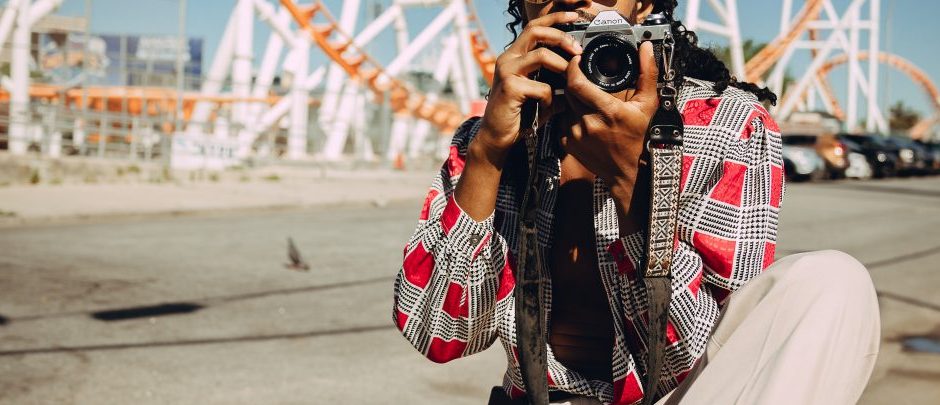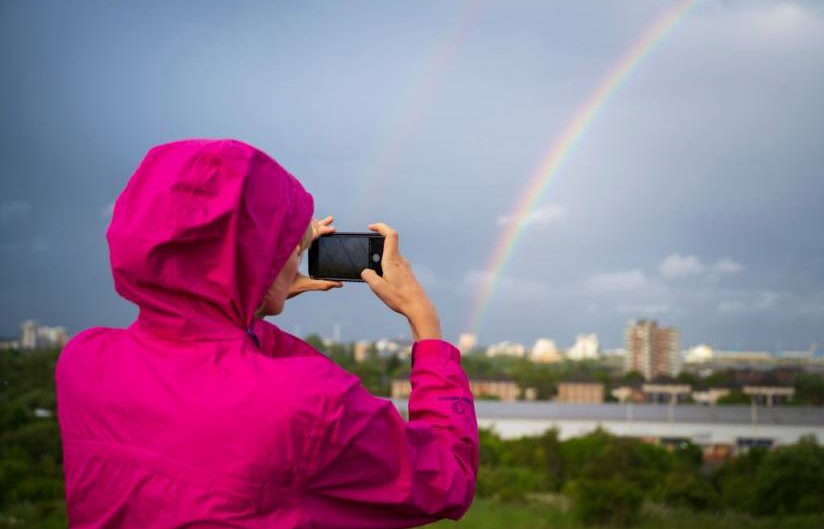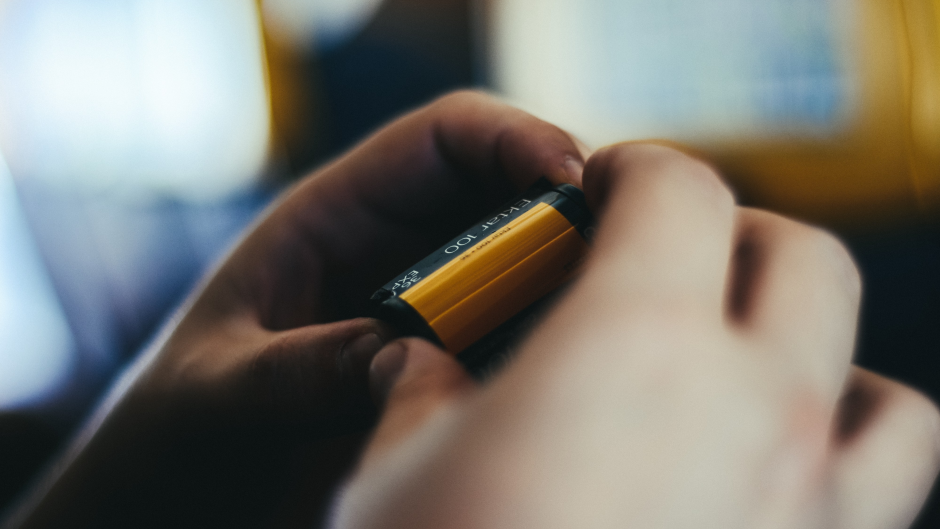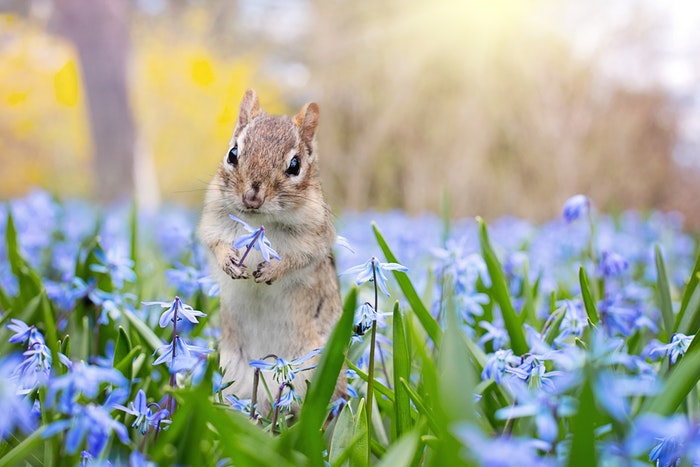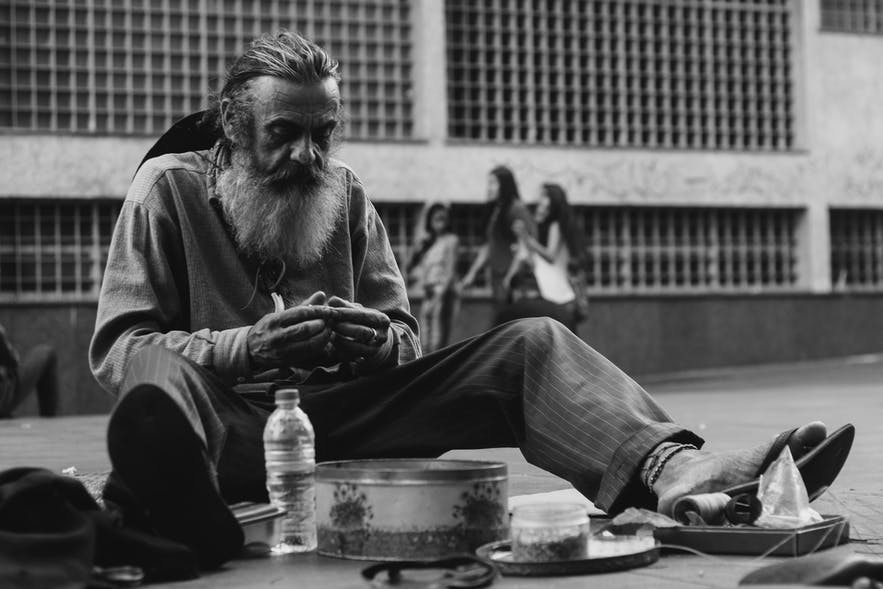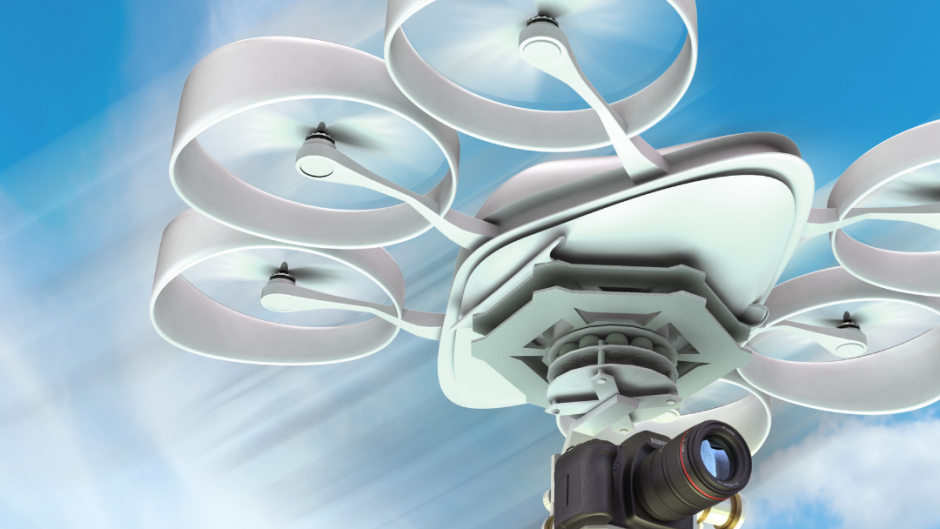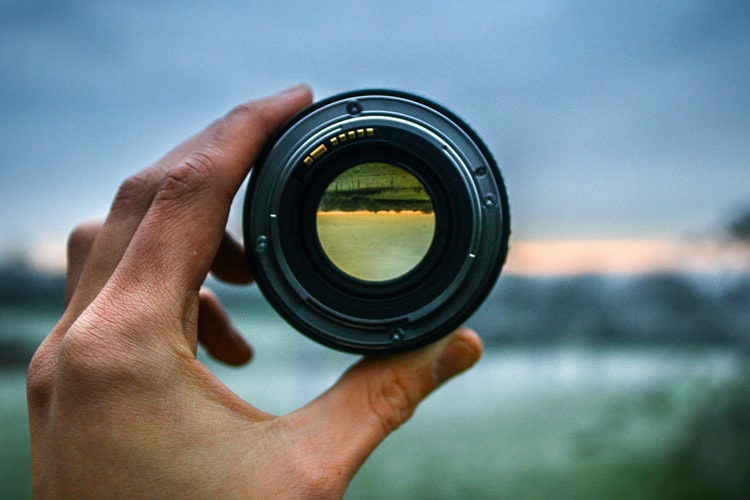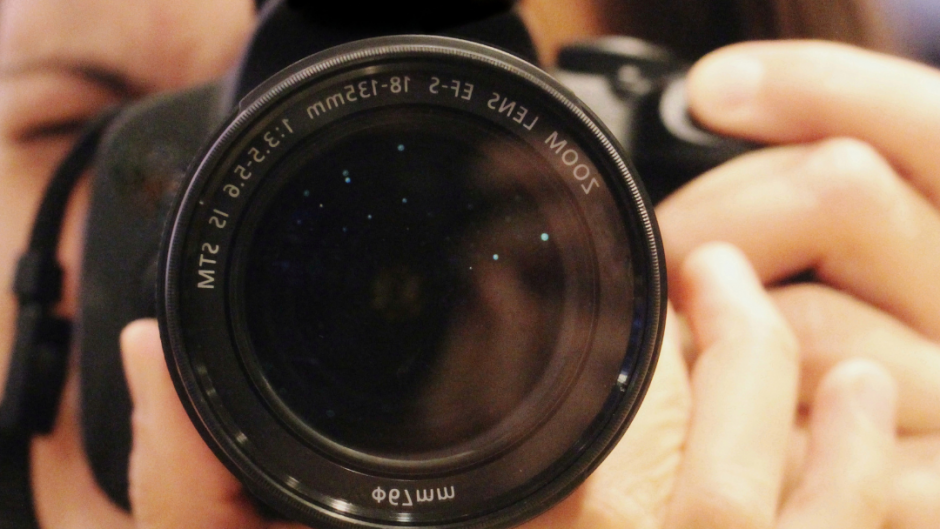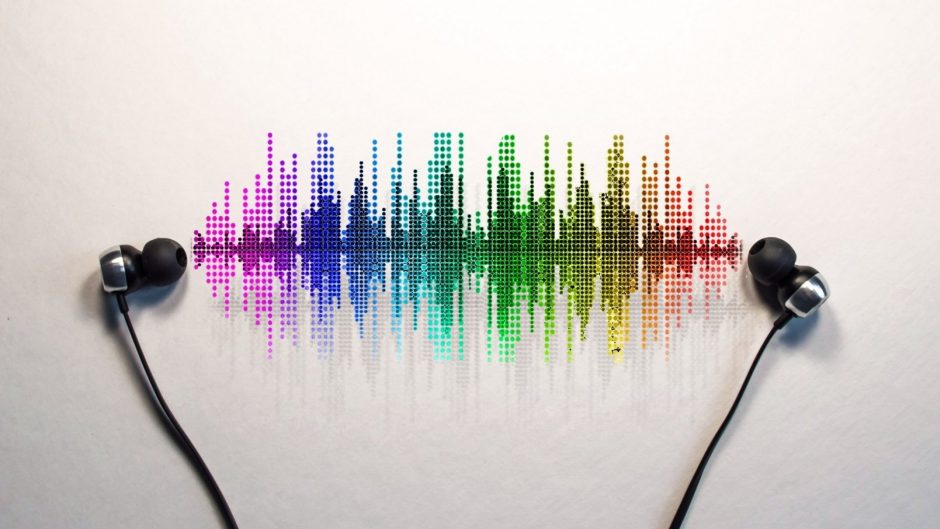As a photographer, you may have a lot of things in common with your subjects. You work hard on your craft, you enjoy sharing your work, and you may even know the ins and outs of the gear you use. Having equipment such as styleshoots horizontal can really improve your images, but you need to know how to use it! The same applies to your camera settings too. There are some things that separate you from your subjects, and that’s what we’ll cover here. These are the things that will make you stand out in your chosen profession.
Let your character be known
Being one of the most important pieces of the photography process, the photographer’s personality plays a key role in how well the shots turn out. If you take a look at the photos of your favorite photographers, you’ll notice there are a couple of traits that are common amongst them.
Improve your social interactions and network
In today’s social media-obsessed world, one of the keys to becoming a successful professional is to leverage your personal network constantly. Whether you’re trying to land a job, get the attention of a potential customer, or be the person who repositions a company in the marketplace, it’s important to know the right connections to make.
Don’t stop improving your photography skills
If you want to stand out as a photographer, you need to make sure you’re taking quality images, which is why it’s important to figure out where your strengths and weaknesses are as a photographer. You can use this information to help develop your photography skills into a profession.
As a photographer, you have already learned one of the most important skills in the world: to look through your subject and see a story in front of you. And the best thing about this skill is that it can be applied to all types of subjects. Whether you are a professional photographer, a hobbyist, a hobbyist in photography, or just a person who wants to improve your photography skills, having a good eye is something you can work on.
Go beyond your clients’ expectations
Being a good photographer doesn’t necessarily mean having a great camera, and it doesn’t mean you have to be able to afford the right lenses and lighting and lighting gear to do great work, and it doesn’t mean you’ll be right all the time. It means you’re a good person who wants to help people in need, and you’re willing to take a few risks to do so. Well, there are lots of things photographers can do to stand out.
One of the most important is to take pride in who we are and what we do. We may have to fight for it, but that means we’re willing to do our best, and we do our best when we care about our work and our clients. And it’s the clients who make our work meaningful, so we’re willing to go above and beyond for them. That can mean giving them great service, or it can mean giving them a great gift. It can mean giving them a reason to smile every day, or it can mean giving them a reason to give us a great review.
Don’t forget to work on the behind the scenes
It doesn’t matter if you’re known for your stunning wedding photography, or amazing wildlife photography, or great product photography, or whatever your favorite kind of photography is. Your work should always be centred around your passion. Standing out is hard to do these days. We seem to have reached a point where everyone is trying to stand out on social media. Every social media platform has its own following, and most of them have a need for content. Trying to stand out on social media means that you need to not only put in the work, but you need to be willing to push boundaries a bit.
The hardest part of being a photographer is a photographer. You’re always behind the lens. You’re the one who sees everything that goes on, but you’re not supposed to notice it. You’re supposed to pretend that everything is normal, and everything you see, everything you hear, everything you touch, everything you smell, every thought that crosses your mind is just passing through your head.
